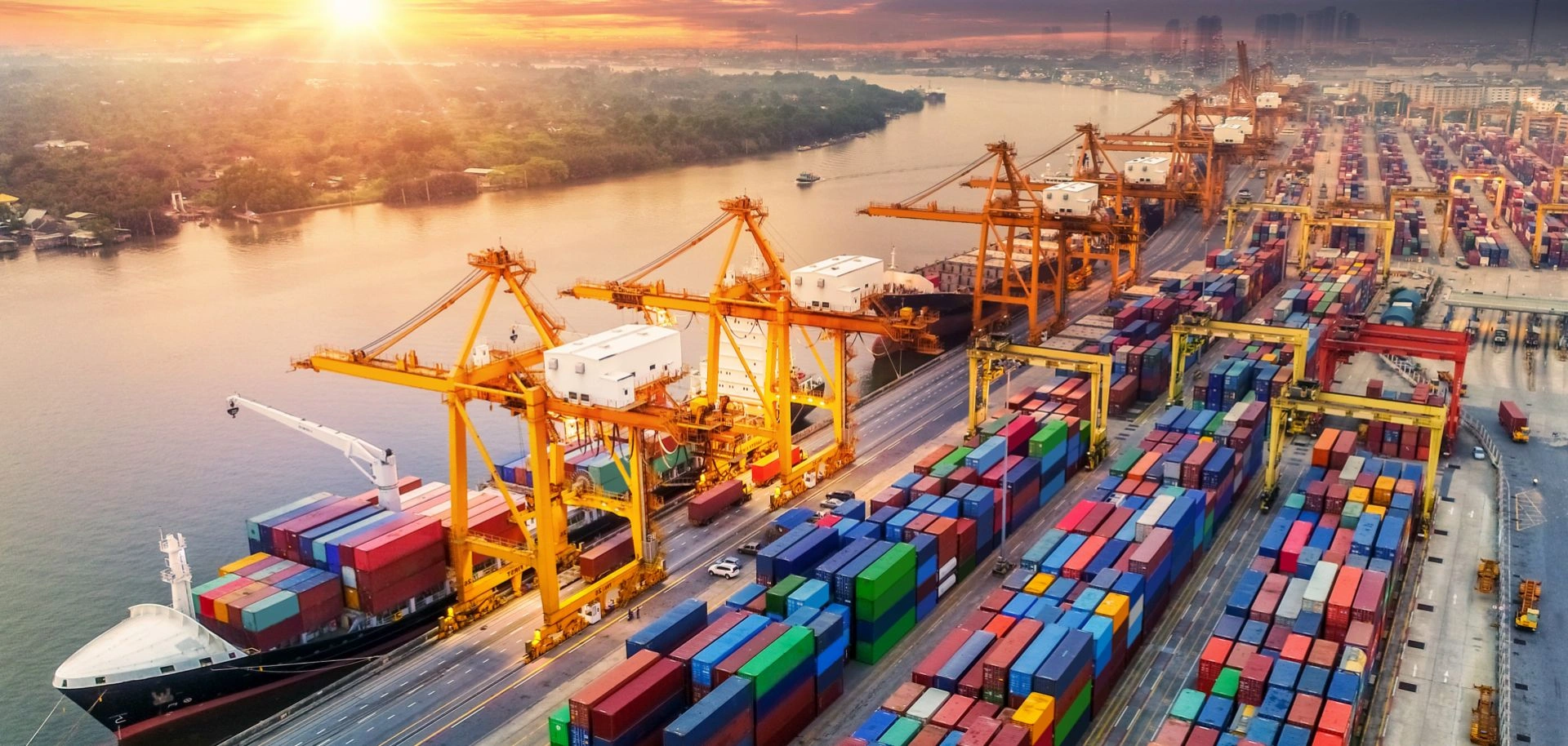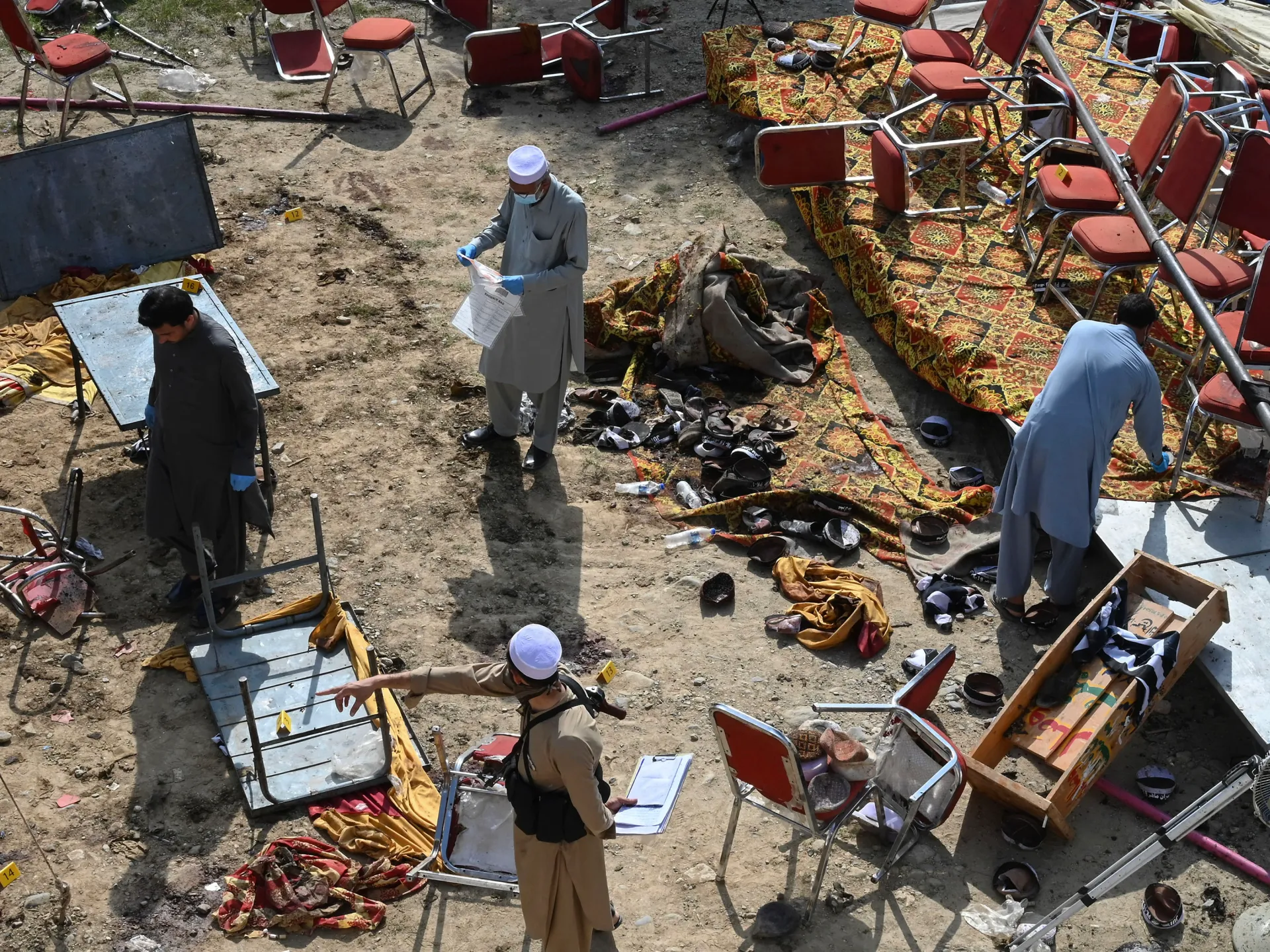Prime Minister Narendra Modi’s trip to Washington this week is expected to set the tone for what US-India relations could look like under Donald Trump’s second administration.
Modi will be in the US on Jan. 12-13 on Trump’s invitation, placing him among the first foreign leaders to meet with the new president after the likes of Israeli Prime Minister Benjamin Netanyahu, Japan’s Prime Minister Shigeru Ishiba, and Jordan’s King Abdullah.
While Modi’s visit comes amid domestic controversy over the deportation of over 100 Indian nationals from the US, experts believe the broader, long-term interests shared by the US and India are likely to continue to define the trajectory of their relationship in the years ahead.
“The deportation of Indian nationals will not alter the fundamental nature of the India-US relationship,” said Vineet Prakash, a professor of international relations at Jawaharlal Nehru University in New Delhi,
“Both countries have significant areas of mutual interest that will continue to drive collaboration, particularly in areas like defense, technology, and trade.”
Economic and technological partnerships between the US and India, he said, are expected to take center stage during Modi and Trump’s bilateral talks.
“India’s primary focus will continue to be economic growth and technological advancements, and the US is likely to become more involved in these sectors,” said Prakash. “Trade between the two countries is expected to grow stronger in the coming years.”
India-US ties during first Trump term
The relationship between the US and India during Trump’s first term in office was marked by both cooperation and occasional tension.
On the positive side, Trump revived the Quad partnership – an alliance involving the US, India, Japan, and Australia – aimed at countering China’s growing influence in the Indo-Pacific region.
While this strategic move enhanced India’s role as a security partner for the US, Trump also took significant steps to strengthen US-India defense ties. In 2018, the two countries launched the 2+2 Ministerial Dialogue, a high-level forum for foreign and defense ministers to meet and enhance cooperation.
That same year, India was granted Strategic Trade Authorization-1 (STA-1) status, enabling it to access advanced technologies and military intelligence from the US.
The growing personal rapport between Modi and Trump was evident during events like the “Howdy Modi” rally in Houston in September 2019, where Trump joined Modi in addressing an audience of over 50,000 Indian Americans.
Similarly, in February 2020, the two leaders addressed a massive crowd in Ahmedabad, India, which further solidified their personal and diplomatic ties.
The US also played a critical role during the India-China border clashes in Ladakh in 2020. In the aftermath of the skirmishes, the US provided India with intelligence and logistical support, including winter clothing for Indian soldiers and surveillance drones.
Over the years, the US and India have built stronger economic, defense, and security ties. Until 2008, the US had imposed strict technology transfer restrictions on India.
Former President George W. Bush began to ease these restrictions, and his successor, Barack Obama, further expanded cooperation, designating India as a major defense partner in 2016.
In January 2023, the Biden administration also introduced a new initiative focused on enhancing US-India cooperation on critical and emerging technologies, including artificial intelligence, quantum computing, semiconductors, and space exploration.
Also See: Trump 2.0 and India-US Relations: What To Expect
Challenges ahead
Despite the overall positive trajectory of US-India relations, challenges remain.
Trade disputes have been a significant point of contention, particularly during Trump’s first tenure.
He criticized India’s trade surplus with the US and imposed tariffs on steel and aluminum imports. Trump, who in the past referred to India as a “tariff king,” has indicated this could happen again.
He also withdrew key trade benefits under the Generalized System of Preferences (GSP), which previously allowed Indian exports such as textiles and leather to enter the US market duty-free.
Tensions also arose over India’s defense purchases from Russia. In 2018, the US threatened sanctions on India for its decision to buy the Russian S-400 air defense system, which strained bilateral ties.
These tensions became even more pronounced after the outbreak of the Ukraine war in 2022. Last November, Washington imposed sanctions on 19 Indian companies for allegedly supplying items crucial to Russia’s military.
Trump’s rhetoric on the H-1B visa system also created friction. The H-1B visa program allows US companies to recruit skilled workers from abroad, and Indian professionals represent the largest group of visa holders.
Trump has frequently criticized the system, claiming that tech companies misuse it to hire cheaper foreign labor. These criticisms raised concerns in India, where many skilled workers rely on the program to pursue careers in the US.
Additionally, the US president’s comments on Kashmir in 2019 and his engagement with Pakistan led to tensions with India, which opposed his suggestion of mediation in the territorial dispute.
In 2018, Trump granted India a waiver to work on Iran’s Chabahar Port, a key project that allows India to access Afghanistan while bypassing Pakistan.
However, last week on Feb. 4, Trump ordered the rescinding of sanctions waivers related to the port. India has invested millions in the project, and media reports suggest that Modi may raise the issue during his talks with Trump.
Despite these challenges, analysts believe that India will be able to manage the situation.
“There may be minor demands for increased imports from the US, but India can handle that, especially since the trade deficit with the US is minimal compared to China’s,” Prakash said.
Indian media reports indicate that the Modi government plans to review import tariffs on over 30 items, including luxury cars and solar cells, potentially boosting imports from the US.
The Indian government has already reduced tariffs on high-end bikes, cars, and chemicals in its latest budget.
A case of mutual interests
From India’s perspective, the US remains a crucial ally, being its largest trading partner and foreign investor.
The US is also home to over 5 million Indian Americans, the largest Indian diaspora anywhere in the world, while over 300,000 Indian students are currently enrolled at American universities.
For the US, its competition with China, particularly in the Indo-Pacific region, has led it to seek stronger partnerships with countries like India.
“Trump would not prefer a confrontational policy with India because it has to deal with China, and recognizes that India has a significant role to play,” G Parthasarthy, a former Indian diplomat, told Anadolu.
“India is an important player for the US in this strategy. While there might be some minor issues, India should be able to manage them easily.”
Prakash echoed this view, noting that India’s strategic role in helping the US counter China could help mitigate some of the challenges that arise from Trump’s policies on defense imports and trade.
“There will likely be a give-and-take approach to resolve the issues,” he added.
This news is sourced from Anadolu Ajansi and is intended for informational purposes only.

![Modi's US visit aims to shape India-US relations under Trump's second term, focusing on trade, defense, and key challenges. [Image via Anadolu Ajansi]](https://southasiatimes.org/wp-content/uploads/2025/02/thumbs_b_c_5465f95c8cdad712dfdb05d1eba725d6.webp)




